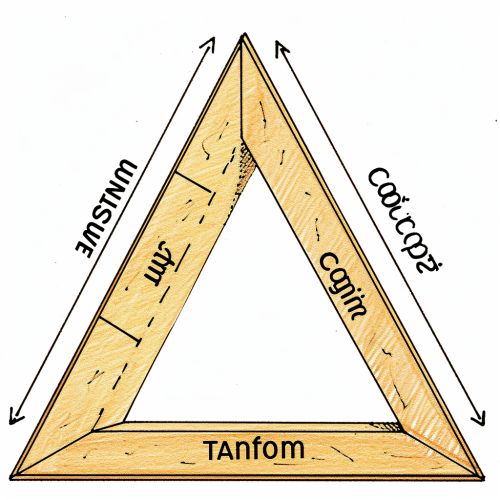Trigonometric functions
Introduction
Trigonometric functions are a fundamental component of mathematics, particularly in the fields of geometry and calculus. These functions are used to establish relationships between the angles and sides of triangles, and have extensive applications in various scientific and engineering disciplines.
Definition
Trigonometric functions are defined for a right-angled triangle as the ratios of the lengths of its sides. The primary trigonometric functions are sine (sin), cosine (cos), and tangent (tan). Each of these functions takes an angle as input and produces a real number as output.


Sine Function
The sine function, denoted as sin(θ), is defined as the ratio of the length of the side opposite the angle θ to the length of the hypotenuse in a right-angled triangle. The sine function is periodic, with a period of 2π radians or 360 degrees.
Cosine Function
The cosine function, denoted as cos(θ), is defined as the ratio of the length of the adjacent side to the angle θ to the length of the hypotenuse in a right-angled triangle. Like the sine function, the cosine function is also periodic, with a period of 2π radians or 360 degrees.
Tangent Function
The tangent function, denoted as tan(θ), is defined as the ratio of the sine of an angle to the cosine of that angle. In other words, tan(θ) = sin(θ)/cos(θ). The tangent function is periodic, with a period of π radians or 180 degrees.
Cosecant, Secant, and Cotangent Functions
In addition to the primary trigonometric functions, there are three other functions that are defined as the reciprocals of sine, cosine, and tangent. These are the cosecant (csc), secant (sec), and cotangent (cot) functions.
Properties of Trigonometric Functions
Trigonometric functions exhibit a number of important properties, including periodicity, symmetry, and the ability to be expressed in terms of one another. These properties are essential for solving trigonometric equations and for the application of trigonometry in various fields.
Applications of Trigonometric Functions
Trigonometric functions have a wide range of applications in various fields, including physics, engineering, computer science, and more. They are used in the study of waves, oscillations, and rotations, among other things.
